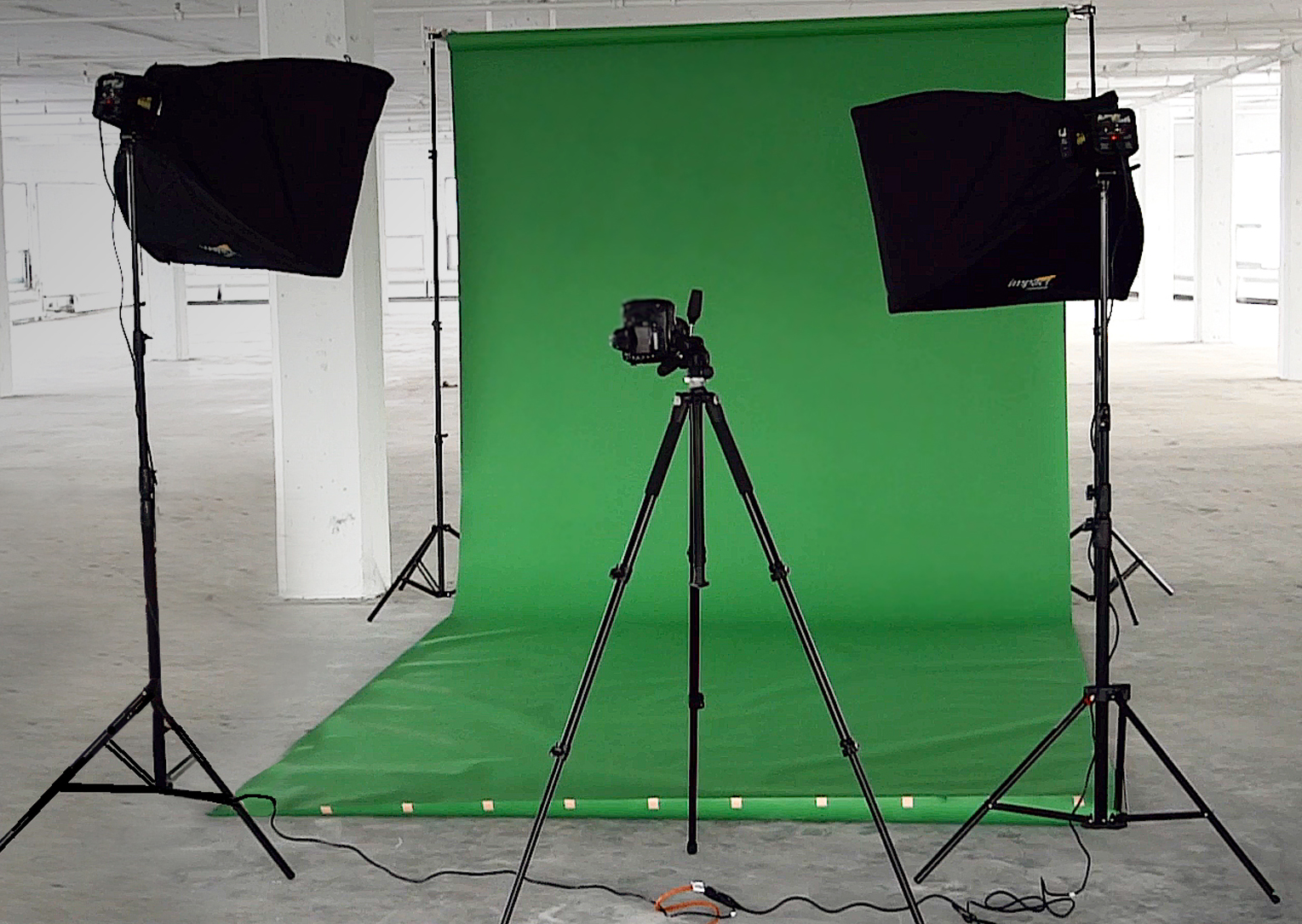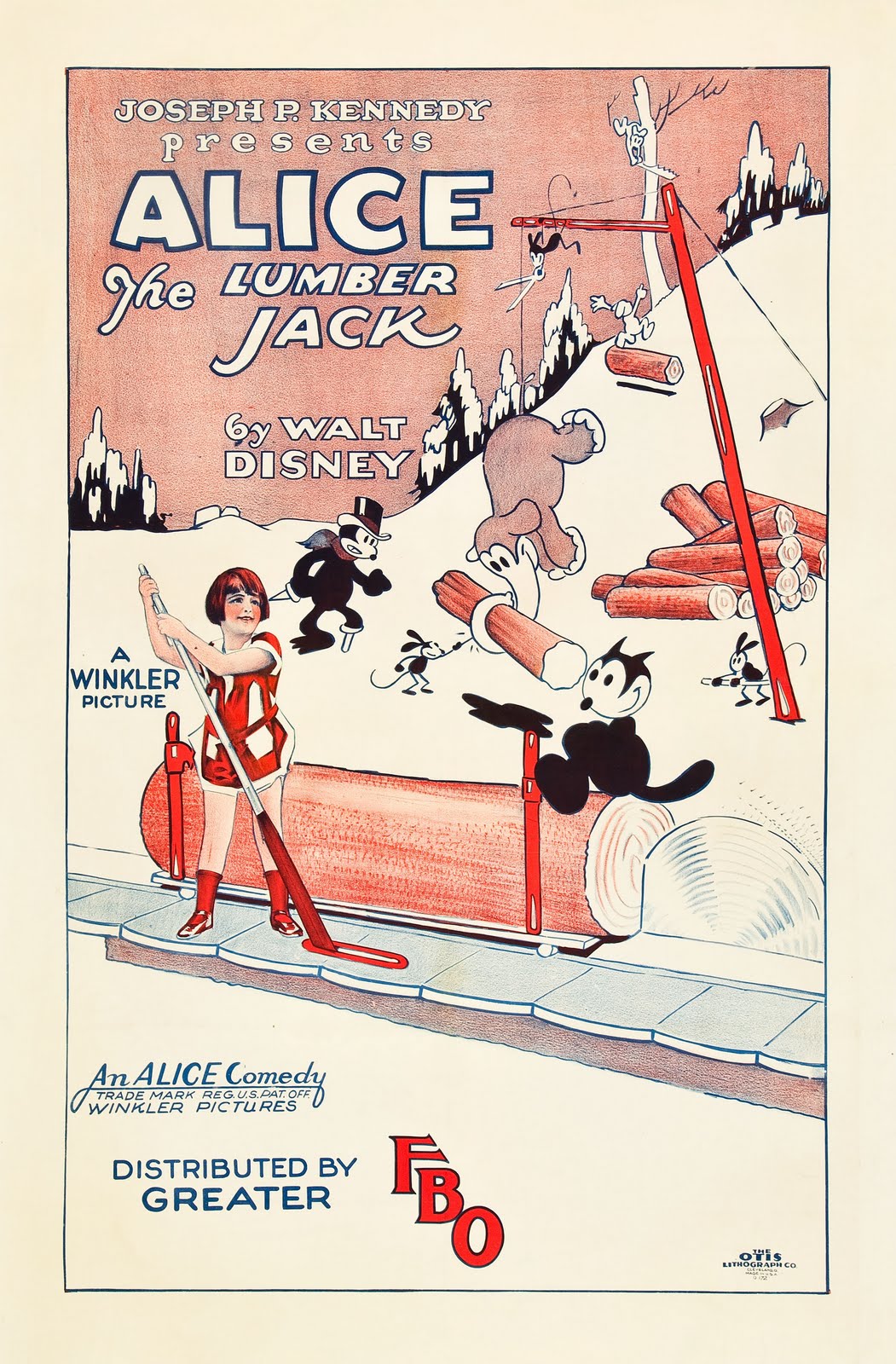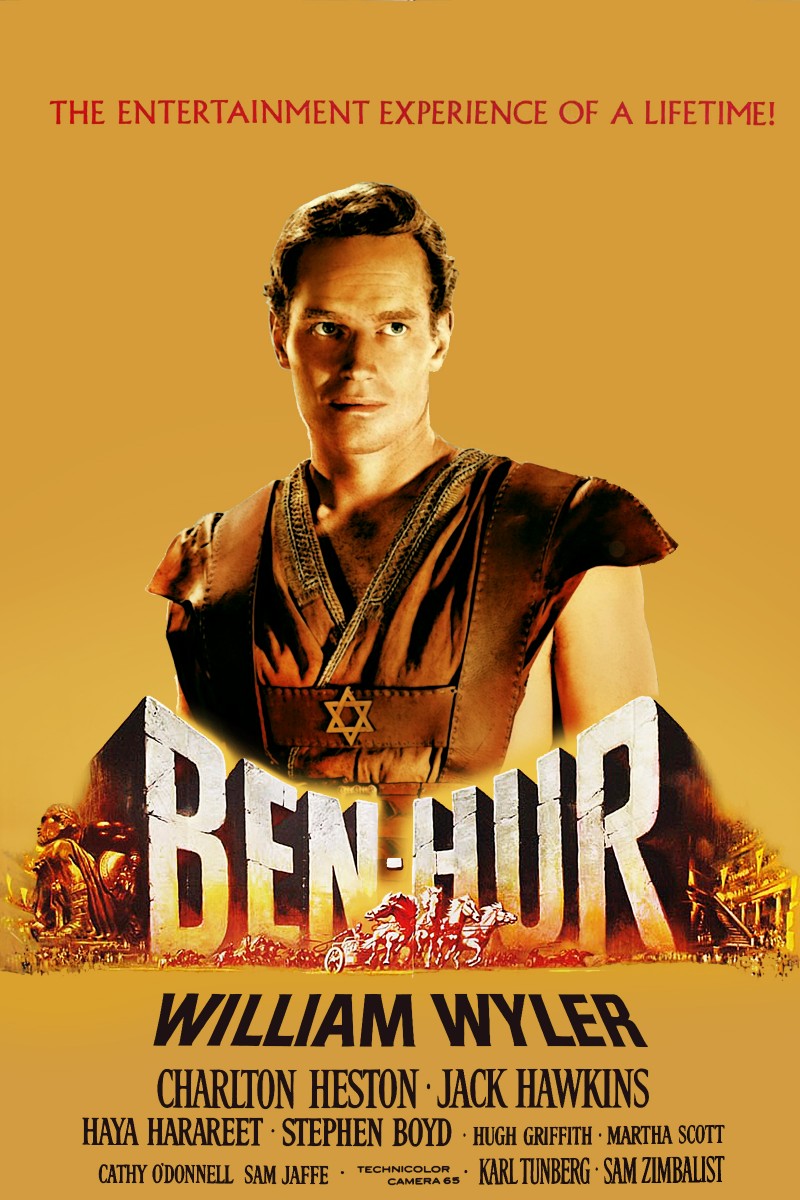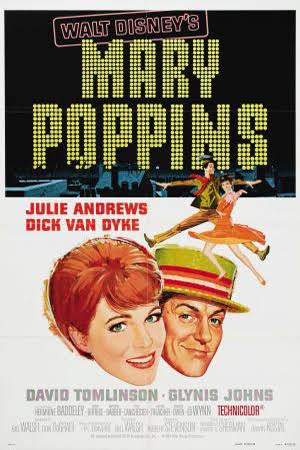The History of Chroma Keying

Professional Green Screen Setup
April 1, 20171898 – George Albert Smith first uses double exposure to introduce elements to scenes.
1903 – Edwin S.Porter uses garbage mattes and double exposure to create the background through the windows in “The Great Train Robbery.”
1918 – Frank Williams develops the black matting process. Notable Film: “The Invisible Man.”
1920s – Walt Disney starts shooting scenes over a white background. He later passes the film through an animation camera to bring characters and backgrounds to life. Notable Films: “Alice Comedies.”
1933 – While working at RKO, Linwood Dunn develops the double-exposure matte process using an optical printer. Notable films: “Flying Down to Rio.”
1940 – Larry Buttler develops an early traveling matte process. Notable film: “The Theif of Bagdad.”
1950s – Both Americans and British are working on sodium vapor systems to create traveling mattes.
1958 – Arthur Widmere develops a procedure which relied on ultraviolet lights to create mattes. Notable film: “The Old Man and the Seas.”
1959 – Ub Iwerks from Disney buys Petro Vlahos’s sodium vapor system using 30mm Technicolor cameras. Notable films: “The Parent Trap,” “Mary Poppins,” “The Birds” & “Pete’s Dragon.”
1960s – Petro Vlahos is challenged by MGM to create a solution for the film “Ben-Hur.” He comes up with the Color Difference Travelling Matte, which resembles most of the technology we use today.
1970s – News broadcasters begin to use green screens instead of blue screens.



1980s – Minicomputers are introduced to control optical printers. This saved money and increased efficiency. Notable film: “The Empire Strikes Back.”
1995 - Kodak DC40 and the Apple QuickTake 100 become the first digital cameras marketed for consumers, enabling green screen photography to be possible.
2000s – Rise of green screen in school photography
2005 – 36Pix launches Chromastar®, becoming the industry's leading keying solution.




